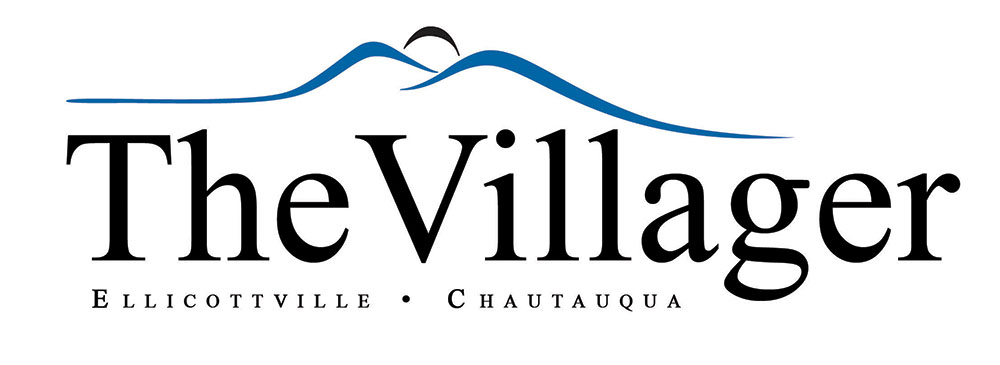By Bill Burk
New York State did some re-mapping recently, updating wetland maps from the late 1970’s. When the maps were redrawn, using technology not available fifty years ago, they uncovered some million acres of land that deserves government protections from construction and urban advancement that might ruin their ecological importance to New York State freshwater systems. On February 14th, 2024 the New York State Department of Environmental Conservation expanded their regulatory landscape, and turned those million acres into protected areas. Part of that re-mapping and designating grabbed the lower basin of Chautauqua Lake.
Much of that acreage deserves the designation, protection. It shouldn’t be subject to developers and politicians who don’t mind ravaging our shorelines if it means another big box store or set of condominiums can be built. That practice has surely helped move us into this predicament.
The movement has a noble purpose. The execution, in the case of our lake, looks to be heavy handed. In its zeal to protect us from ourselves, New York is using a hammer to change a light bulb.
The Chautauqua Lake Partnership was established in 2017 to help address mounting discontent with the way harmful weed proliferation was being handled around the lake. It is an all-volunteer, non-profit organization that simply wants “Chautauqua Lake to be a healthy lake that can be enjoyed by all; for fishing, swimming, and boating.” That is their mission statement. They are mostly concerned with weeds and how the invasive species are ruining Chautauqua Lake.
“We strive to improve the quality of our lake by reducing nuisance levels of invasive weeds and Harmful Algal Blooms (HABs) through collaboration with the townships, villages, and the New York State Department of Environmental Conservation (DEC) to
- Apply herbicide treatment best practices to eliminate excessive growth of invasive weeds.
- Identify key sources and take actions to reduce phosphorus and nitrogen, elements that feed Harmful Algal Blooms (HABs).”
They have another message for lovers of the lake; figure out a way to reduce invasive weeds and harmful algal blooms (HABs), sooner rather than later, and or else. Recently they’ve embraced the slogan “Keep the Lake the Lake”. Here are some talking points the CLP has developed concerning the potential for the lower basin of Chautauqua becoming wetland designated starting in 2025:
Keep the Lake a Lake – Wetland Regulation is a Threat to Chautauqua Lake
-This issue is NOT about the value of wetlands, it is about regulation of a LAKE as wetlands and the consequences.
-The NYSDEC recently declared its intent to regulate portions of Chautauqua Lake as wetlands. Why??? Because if the proposed revisions to Freshwater Wetlands Regulations 6 NYCRR Part 664 go forward as written today, they can, and it is a win-win for Region 9 wetland acreage targets against the states state-wide goal of +1M acres and for anti-herbicide activists.
-On January 1, 2025, the current NYS Freshwater Wetlands Maps will no longer limit DEC regulatory jurisdiction. Instead, maps will become informational, and any wetlands that meet the applicable definition and criteria will be regulated by DEC and subject to permitting.
-The criteria is broadly written to allow for classification based merely on the presence of submerged aquatic vegetation of any kind. This means that the DEC could potentially classify ALL near shore areas of Chautauqua Lake as wetlands.
-Weed harvesting and use of aquatic herbicides are not allowed in “Wetlands” without a difficult permit. So, there is no guarantee for future weed management in “Wetlands” or in adjacent buffer zones.
-Private properties within the required 100 ft buffer zones will be subject to regulation as well. This means expensive and complex permits for almost any activity adjacent to the lake, even to maintain existing structures such as private homes, docks, retaining walls, etc.
-NYSDEC has focused “Wetlands” comments on the Lake’s South Basin, but the extensiveness of the regulations threatens maintenance and recreational use of the entire Lake. A follow-up was held with DEC, County and local officials with verbal assurances by the DEC that weed management could continue “business-as-usual” with the additional permitting layer. This is not consistent with the DECs own principles for managing wetlands, and begs the question: Why regulate the lake as wetlands if no changes to the lake or its management are intended?
-CLP asks that the DEC protect actual wetlands that would benefit our water quality and protect our lake, not to accelerate its long-term evolution to a wetlands.
There’s no doubt a strategy needs to be developed and implemented today, rather than tomorrow, and a more sophisticated, subtle approach is needed from the state. It’s not a stretch to see New York expanding the designation increasingly up-lake year by year until Chautauqua has restriction of use that make it a challenge to use.
For more information go to: https://chqlake.org.
